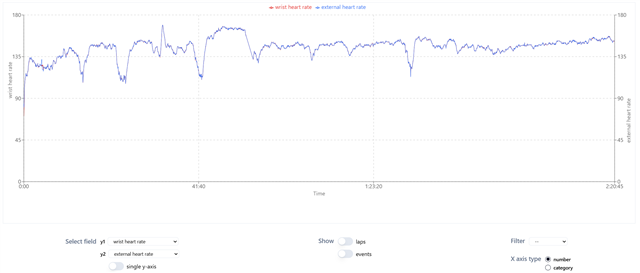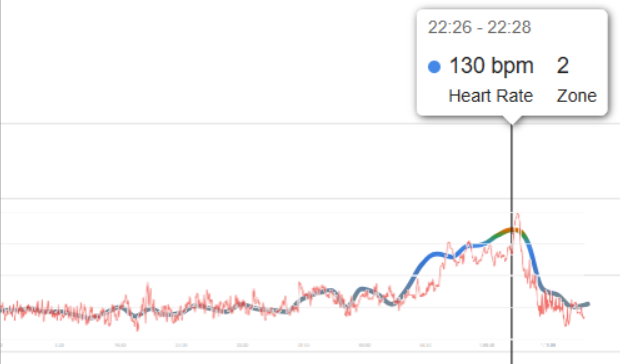Based on specs (esp on batt consumption), looks very close to i2x. So like to know how I3 perform in real life. i2X's press to start garmin pay and saving activity take ages.. so wanted to know whether i3 now does both in ''real time'' like other models (my cheaper forerunner 255 was quick too).




